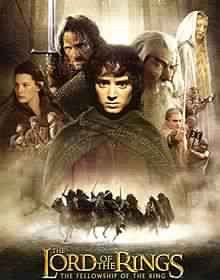There are three basic categories of sound used in film today; dialogue, sound effects and music. The first of the three, dialogue, is considered the most important element in film since its creation. Basically dialogue is conversation, the characters talking to one another in a film. The reason for such an element is to further development of the plot, to enhance characterizations, and to quickly establish important information that the audience needs to know to understand the action in the film. The second of the three is sound effects. These are recordings of natural sounds in a usable way. Explosions, sounds of animals, weather sounds, wind, rushing water are all examples of sounds that may be present in a film that are highly likely to be sound effects in use. These add to the meaning and the understanding the audience has in any given scene. Last but by far not least, is music. Music is a critical part of the movie going experience. Not all music in film is considered part of its soundtrack. Score, or rather background music, is meant to enhance the action of the film and aid in drawing in the attention of the audience. All of these sounds can be used differently. Diegetic sounds that are represented as coming from within the world of the film and non-diegetic sounds that are represented as coming from outside the world of the film, or rather sounds that characters are not aware of, can be used interchangeably. It is the story that tells in which way the sound is presented. If the wind is blowing and the characters know this then that is from within the world of the film; however, if there is no wind yet the audience hears it it is then non-diegetic.(Goodykoontz, B & Jacobs, C. 2014.)
The Lord of the Rings: Fellowship of the ring is a movie full of robust sounds both diegetic and non-diegetic in nature. Throughout the entire film, score (background music) is used. This music further draws in the attention of the audience. The orchestral music coincides with the action of the scenes and adds to the overall drama of the entire movie. In the war scenes this music is deep tempo, in sad scenes it is slow and moving, in the scenes where the fellowship is traveling the music is fast passed and instills urgency in the viewers. The score in this film is an example of non-diegetic sounds. While the movie itself was appealing and interesting, had the score been removed the scenes would not of flowed as smoothly and the connection with the action and the characters would not have been as strong.
In many of the battle scenes the sounds of the hooves of the horses on the ground, the noises the horses made as they ran fast toward the battles and the noises of the fires of Mordor are great examples of sound effects. These diegetic sounds help to set the mood of the scenes and the entire film. They represent the urgency, and the dread the characters experience and this also helps the audience connect with the story and the characters.
The dialogue in the fellowship of the ring is somewhat that of old English. Each group of characters has their own language and dialect or rather accent. This helps to differentiate them and shows that they come from different backgrounds and cultures. The dialogue and the way in which the actors portrayed it coupled with the score and the sound effects really made this film stand out. It’s my opinion, had the directors, editors, cinematographer, or producers decided to leave any of these elements out it would have had a devastating effect on the overall outcome of the movie.
Goodykoontz, B. & Jacobs, C. (2014.) Film: From Watching to Seeing. San Diego, CA. Bridgepoint Education Inc.
